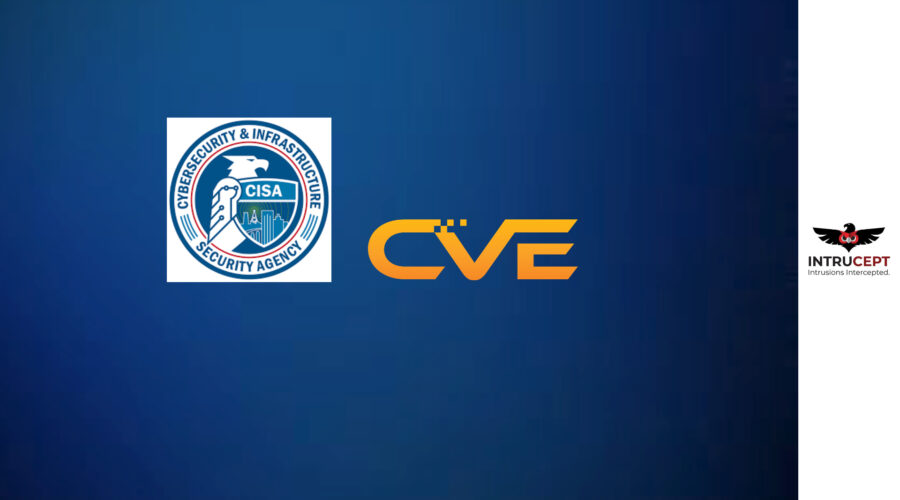Cyber Security News at a Glance; May 2025
For the month of May 2025 here are the Top News including Security Advisory & Blogs
Tesla Model 3 VCSEC Vulnerability Allows Remote Code Execution via TPMS Exploit
A high-severity vulnerability (CVE-2025-2082) in Tesla Model 3’s Vehicle Controller Security (VCSEC) module allows attackers within wireless range to remotely execute arbitrary code by exploiting a flaw in the Tire Pressure Monitoring System (TPMS)
The FBI issued an alert warning of ongoing exploitation of 13 EOL Linksys/Cisco routers by cybercriminal groups operating the 5Socks and Anyproxy services.
Microsoft May 2025 Patch Tuesday Released; Fixed 83 Vulnerabilities, Including 5 Zero-Days
Microsoft addressed 83 vulnerabilities across its product suite. Among them are 5 zero-day vulnerabilities have been confirmed as actively exploited in the wild. The updates span Windows components, Office, Visual Studio, and other core services.
11 vulnerabilities were rated critical, emphasizing the importance of timely remediation especially for enterprise environments.
5 non-Microsoft CVEs included
78 Microsoft CVEs addressed
Critical SAP NetWeaver Vulnerabilities Addressed in May 2025 Patch – Immediate Action Required
SAP has released critical security updates for its May 2025 patch, including fixes for two actively exploited zero-day vulnerabilities in SAP NetWeaver Visual Composer.
SAP Visual Composer is not installed by default, however it is enabled because it was a core component used by business process specialists to develop business application components without coding.
CISA is officially changing the way it disseminates online security updates and guidance.
CISA says the enhanced information dissemination system will from now on use social media and email only to disperse cybersecurity alerts and advisories, saving its landing page for more critical warnings on May 12.
Updates on May 13
Just a day after announcing it was changing the way it sent out alerts, CISA has changed its mind and reverted back to its old system of putting everything on its website.
“We recognize this has caused some confusion in the cyber community,” the site now reads. “As such, we have paused immediate changes while we re-assess the best approach to sharing with our stakeholders.”
Zero-Day Threat in Chrome’s Loader Component (CVE-2025-4664) – CISA Flags Urgent Risk
A zero-day vulnerability (CVE-2025-4664) in Google Chrome’s Loader component has been actively exploited in the wild.This flaw allows attackers to bypass security policies, leak cross-origin data, and potentially execute unauthorized code. CISA has added this vulnerability to its Known Exploited Vulnerabilities (KEV) catalog, urging immediate patching.









